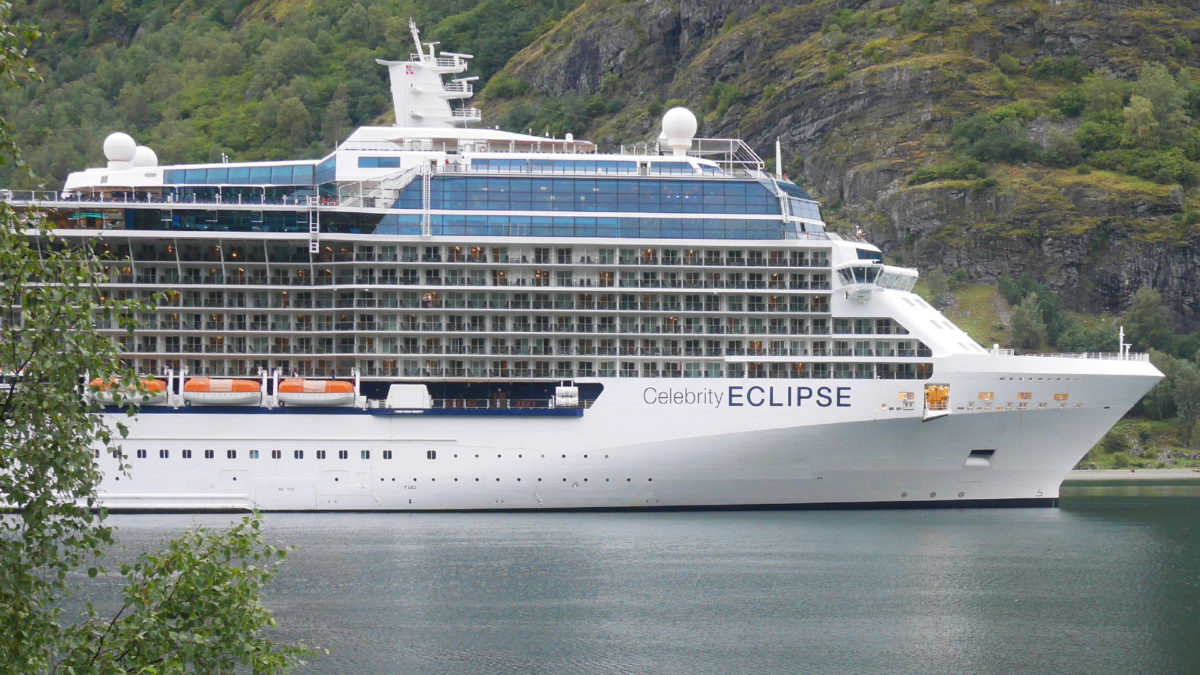The Norwegian Parliament has adopted an ambition that all cruise traffic in the Norwegian World Heritage fjords will be zero-emission as soon as technology allows it – and no later than 2026. Most cruise ships visiting Norwegian fjords spend most of their time sailing outside Norwegian waters. The IMO has introduced global requirements and goals for the reduction of greenhouse gases from international shipping. Requirements have also been introduced by other national and regional authorities. Cruise ships sailing in different parts of the world must comply with all these requirements and cannot be built with national or regional requirements in mind alone.
The purpose of this pilot is to define a roadmap for environmentally friendly and sustainable cruise traffic in Norwegian fjords and ports, with a realistic time horizon. The partners in this pilot have a clear opinion: That the greatest emission reductions from the cruise ships in total are achieved if they work together to find the best possible measures. Ship technical and ship-specific measures are important, but they must be part of a larger whole. Land-based infrastructure must also be addressed. This pilot will therefore investigate how the cruise lines, in collaboration with destinations and authorities, can best arrange and adapt their cruises in Norwegian waters, with the overall maritime requirements and with the ships’ expected overall sailing pattern.
The pilot’s goal of a “roadmap for sustainable cruise traffic in Norwegian waters” will include step-by-step changes. Strict regulations are an element of this. These are expected to lead to changed behaviour and stimulate new thinking and innovation. At the same time, the regulations must be realistic. No climate gain is achieved if reduced emissions in one place lead to correspondingly increased emissions in another place where the ships sail. The authorities’ regional regulations are important for minimizing the environmental impact. But not only the authorities – also finance, insurance, investors and not least passengers are drivers for the development.
The cruise lines in this pilot work to find practical solutions that will provide the greatest possible CO2 reductions, including in Norwegian waters. In this way, Norway will be able to achieve greater emission reductions in the Norwegian climate accounts than isolated local requirements will entail – without the industry/tourism and value creation in the region being harmed.
Status
The pilot was started up in the autumn of 2019. The focus has been on existing and future technical possibilities, regulatory requirements, and the attractiveness of relevant destinations for cruise passengers.
Result
The pilot study has, through collaboration, produced results that the three shipping organizations agree on. The proposals from the pilot have also been discussed/consulted with representatives of various cruise destinations in Norway. A basic principle has been to create environmental improvements as quickly as possible. And, at the same time, facilitate tourism and development locally.
The pilot has grouped measures into two main categories:
- Local emissions
- Global emissions
Reduce local emissions (SOX and NOX)
- The establishment of shore power facilities is considered the most effective measure to ensure zero-emissions port stays.
- Use the EPI (Environmental Port Index) to benefit environmentally friendly ships (financial incentive to reduce emissions)
- Establish cooperation between the destination and the shipping company to ensure the right balance between the number of guests and the destination’s capacity
- Establish cooperation between the authorities and the shipping companies to find operational measures to reduce emissions
- Expand the World Heritage Fjord regulations related to NOX for areas with high population density, such as regulations for: Tier I from 2023, Tier II from 2026, Tier III from 2030
- Establish pragmatic regulations where you accept a Tier II ship to arrive if it can connect to shore power and/or that you accept that an engine is Tier III compliant, and that it is used at port
- For SOX, the international regulation is sufficient
Reduce global emissions
- From a CO2 perspective, shore power will also make a significant contribution to reducing emissions and should be given priority
- To ensure that emissions can be reduced on relatively short horizons, the pilot recommends investing in strategies for blending carbon-neutral fuels into existing fuels. This could contribute to a reduction in CO2 emissions at both national and global levels
- The members of the pilot have long-term ambitions for carbon neutral operation and zero emissions. Today, there are great uncertainties related to which solution will materialize in the long term. Based on this, the pilot proposes to establish a close collaboration to share updated results and identify common barriers, to be able to facilitate carbon neutral sailings in the future.
- Cruise Norway, Carnival Corporation, MSC Cruises, RCCL are now part of Biogass Norway’s Green Platform pre-project to facilitate the use of biogas on cruise ships.
The pilot owners suggest that further work to realize the pilot takes place by continuing the good cooperation under GSP to implement this roadmap for sustainable cruise traffic in Norwegian waters.

